Reviewed by Julianne Ngirngir
The rumor mill is churning again, and this time it's serving up some spicy details about Apple's iPhone 17 lineup. While the tech world buzzes about the ultra-thin iPhone 17 Air stealing the spotlight, the real story might be hiding in plain sight: the iPhone 17 Pro Max is quietly positioning itself as the ultimate flagship, but not necessarily at the expense of its smaller Pro sibling.
The leaked specifications tell a different story than Apple's usual Pro Max positioning suggests.
Here's what actually matters: Apple is finally bringing vapor chamber cooling to iPhones, ending years of thermal throttling complaints. The A19 Pro chip promises up to 30% better performance-per-watt, and all Pro models are getting 12GB of RAM for the first time. But here's the kicker: the performance advantages between Pro and Pro Max might be smaller than Apple's marketing team wants you to believe.
The battery story everyone's missing
The iPhone 17 Pro Max's first advantage centers on raw battery capacity, with rumors pointing to around 5,000 mAh compared to the Pro's 3,700 mAh. That's a meaningful 35% jump in raw capacity. Apple is also upgrading to higher energy density battery cells and introducing stainless steel battery cases for better thermal protection.
But here's where it gets interesting for real-world usage: the efficiency gains might matter more than raw numbers. The N3P process delivers about 5% better efficiency than the current N3E, while vapor chamber cooling means sustained performance without the thermal throttling that kills battery life. For photographers shooting extended 4K video sessions or professionals running AI-intensive workflows, this translates to consistent power draw patterns rather than the energy spikes we see when phones overheat and compensate.
In our testing of similar thermal improvements on iPhone 15 Pro models, we've found that efficiency gains often outweigh raw capacity differences in daily use—especially for power users who push their devices hardest.
PRO TIP: Don't just look at raw battery numbers. Apple's power management improvements combined with thermal stability often matter more than capacity alone for sustained professional use.
Cooling tech that changes the performance game
Here's where things get fascinating from an engineering perspective. While Ming-Chi Kuo initially suggested only the Pro Max would get vapor chamber cooling, more recent reports from MyDrivers indicate both Pro models will feature this breakthrough thermal management. The Pro Max reportedly gets a vapor chamber and graphite sheet combination, while the Pro gets standalone vapor chamber cooling.
This matters more than most coverage suggests, especially for AI workloads. Current iPhones suffer from thermal throttling when traditional metal heat spreaders get saturated during intensive tasks. Vapor chambers use liquid evaporation and condensation to move heat more efficiently—think of it as a microscopic air conditioning system that prevents your phone from choking during demanding operations.
Having tested vapor chamber cooling in Android flagships like the RedMagic 9 Pro, the difference in sustained gaming performance is remarkable. But for iPhone 17 Pro models, this thermal headroom opens possibilities for more aggressive AI processing, extended computational photography sessions, and professional video workflows that previously triggered performance limitations.
The strategic implications run deeper: Internal sources suggest Apple sees thermal management as "critical" for both Pro models, signaling that the company expects AI workloads to become significantly more demanding than current implementations.
Screen size: the advantage that might matter most
The most obvious differentiator remains screen real estate, with the iPhone 17 Pro Max expected to maintain its 6.9-inch display while the Pro sticks with 6.3 inches. This display democratization reflects Apple's broader strategy to differentiate through design rather than features, which explains why all iPhone 17 models are rumored to get 120Hz displays, not just the Pro variants.
More strategically significant is the camera capability parity. Both Pro models are getting triple 48MP camera setups, including a new 48MP telephoto lens replacing the current 12MP sensor. The computational photography capabilities appear identical between models, with differences potentially limited to optical zoom ranges.
This camera parity creates interesting implications for content creators and professional photographers who've historically needed the Pro Max for its exclusive features. For documentary filmmakers working in tight spaces or street photographers who prefer pocketable gear, the Pro's identical imaging pipeline removes a major upgrade pressure point.
What this means for your upgrade decision
Here's the strategic reality emerging from these rumors: the iPhone 17 Pro Max's advantages essentially boil down to battery endurance and screen size. Both crucial for specific use cases, but not necessarily justifying the premium for every professional user. The expected $1,299 starting price puts it in serious flagship territory, especially when the Pro delivers identical thermal management, camera capabilities, and processing power.
This positioning creates interesting market dynamics. For users whose workflows center on extended video editing, large-screen multitasking, or all-day field photography, the Pro Max's advantages remain compelling. But for professionals who prioritize pocketability, one-handed operation, or already maintain external power solutions, the Pro's feature parity removes traditional upgrade justifications.
DON'T MISS: Apple's broader lineup revolution might overshadow these Pro model comparisons entirely. The iPhone 17 Air could redefine what consumers expect from smartphone design, potentially creating new premium categories that make traditional Pro Max positioning seem conservative.
The iPhone 17 Pro Max isn't pulling away from its smaller sibling—it's offering more of the same exceptional experience. For a market increasingly focused on AI capabilities, thermal performance, and imaging quality over raw size advantages, that might be exactly the evolution both models needed.








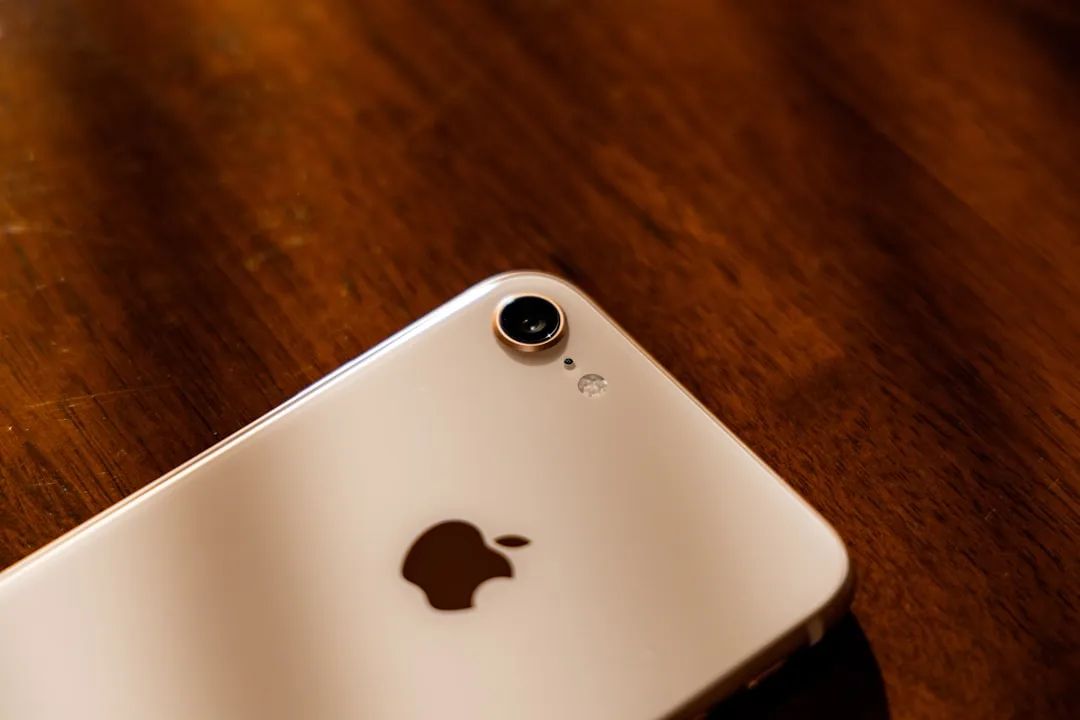
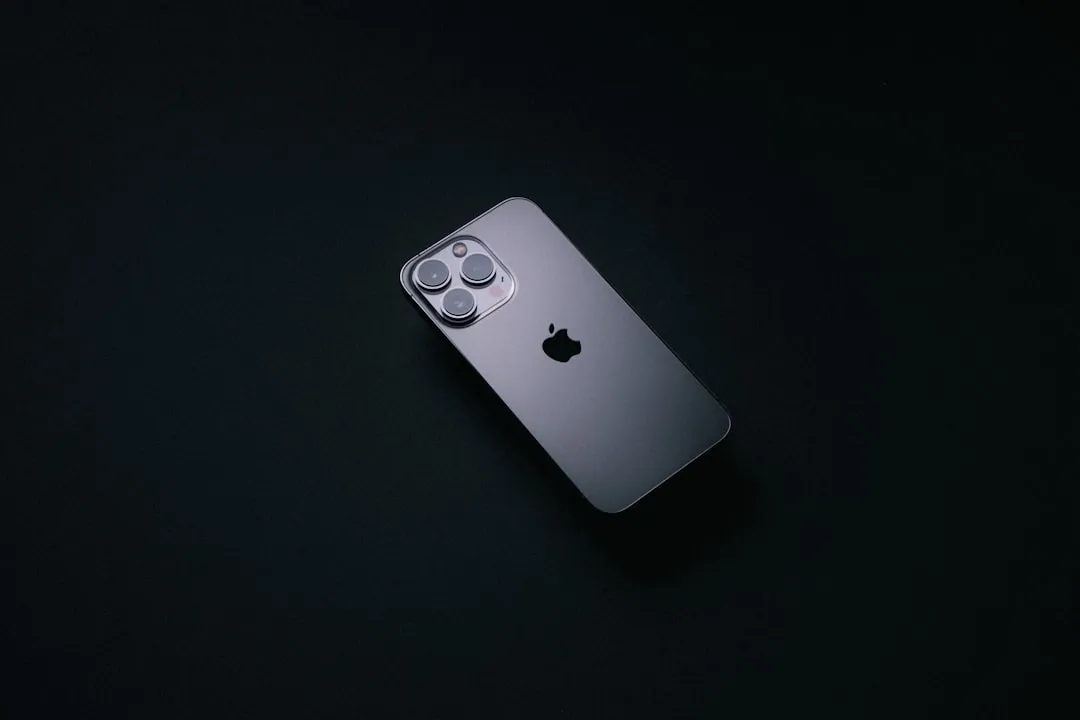

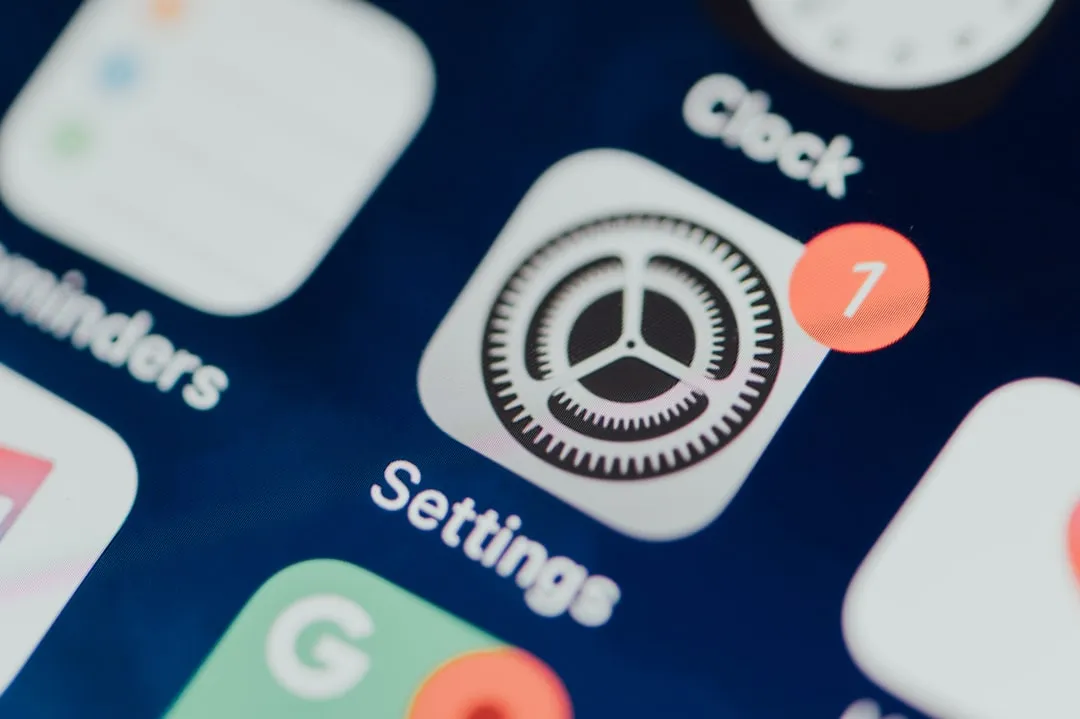


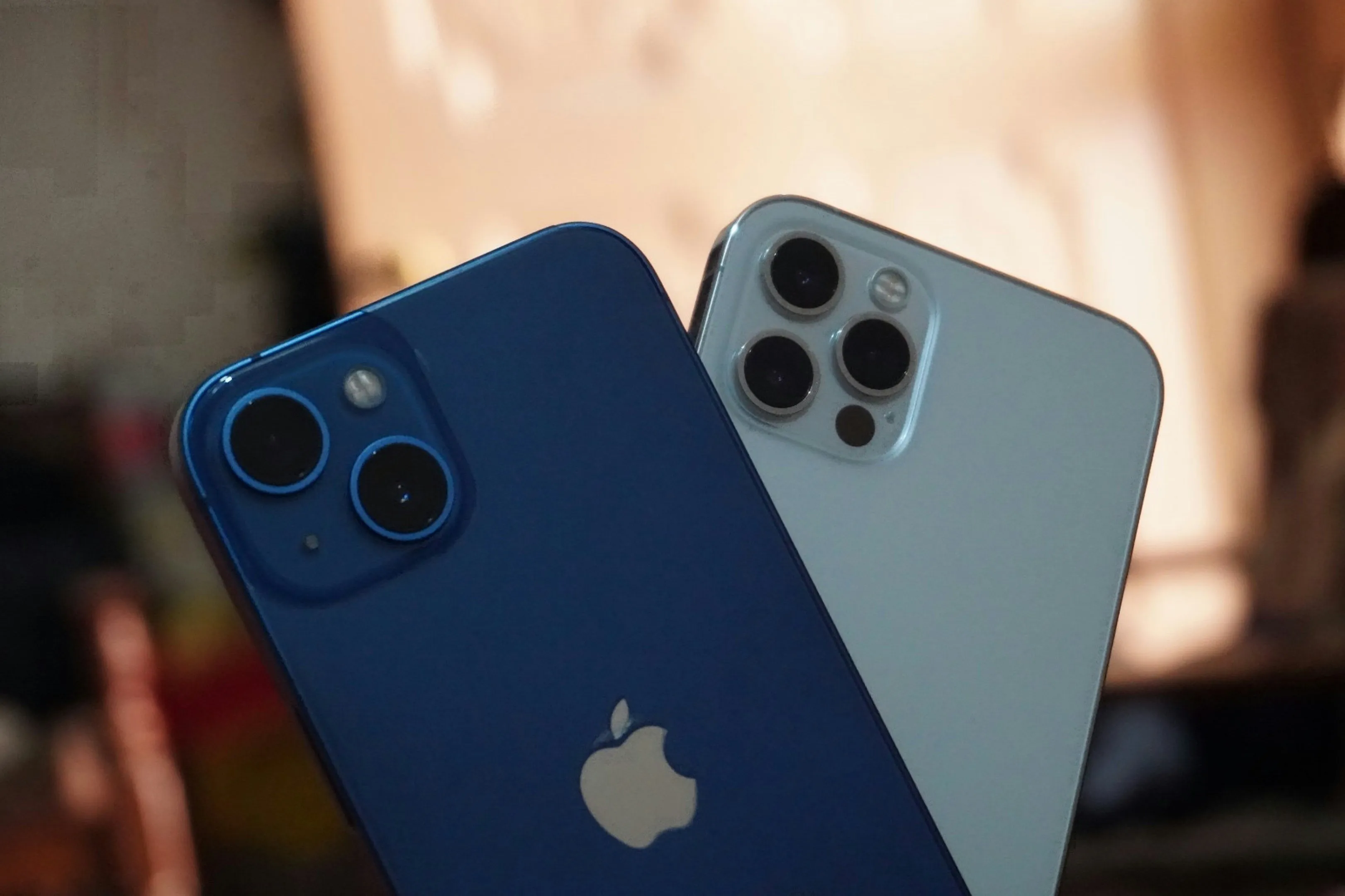



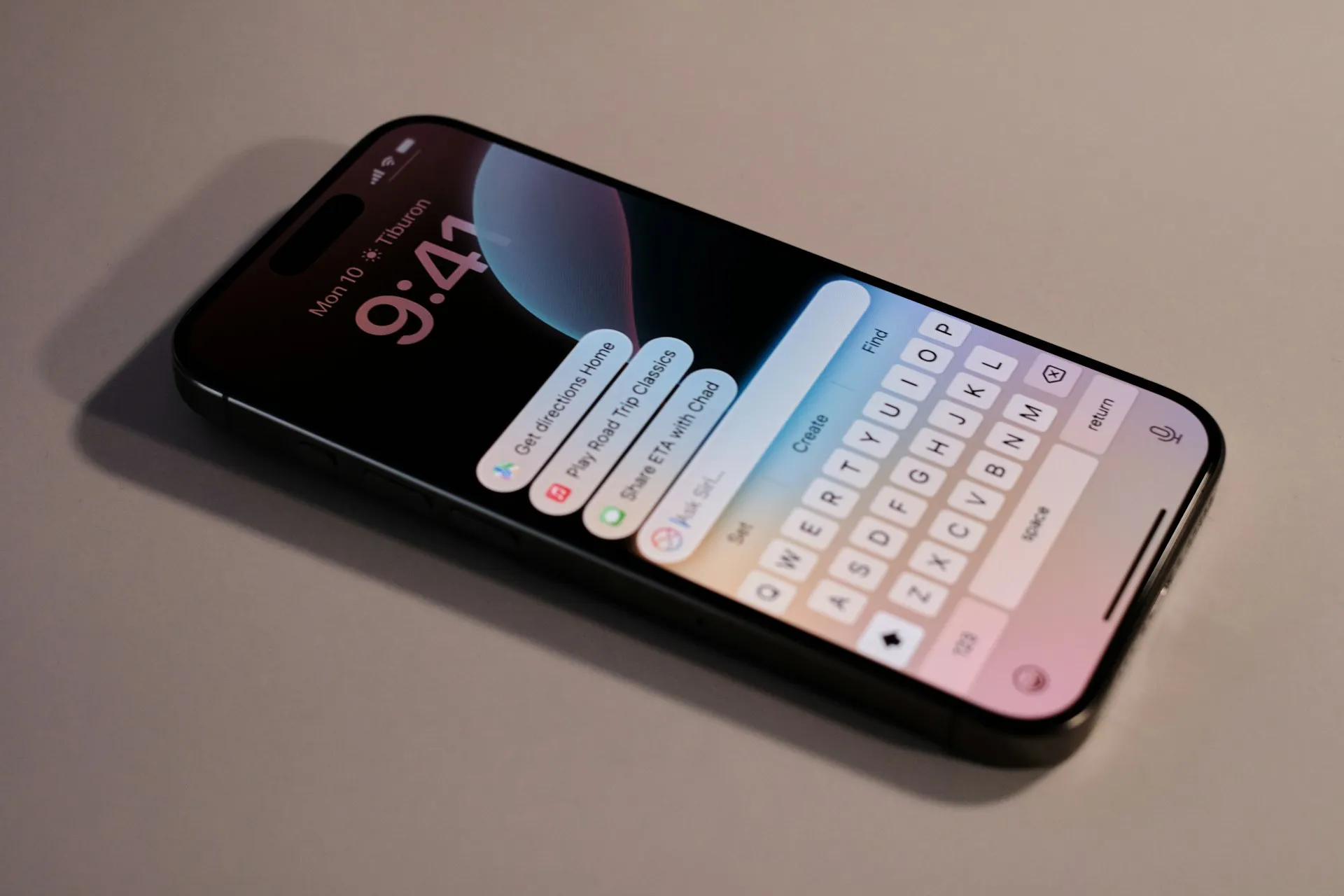


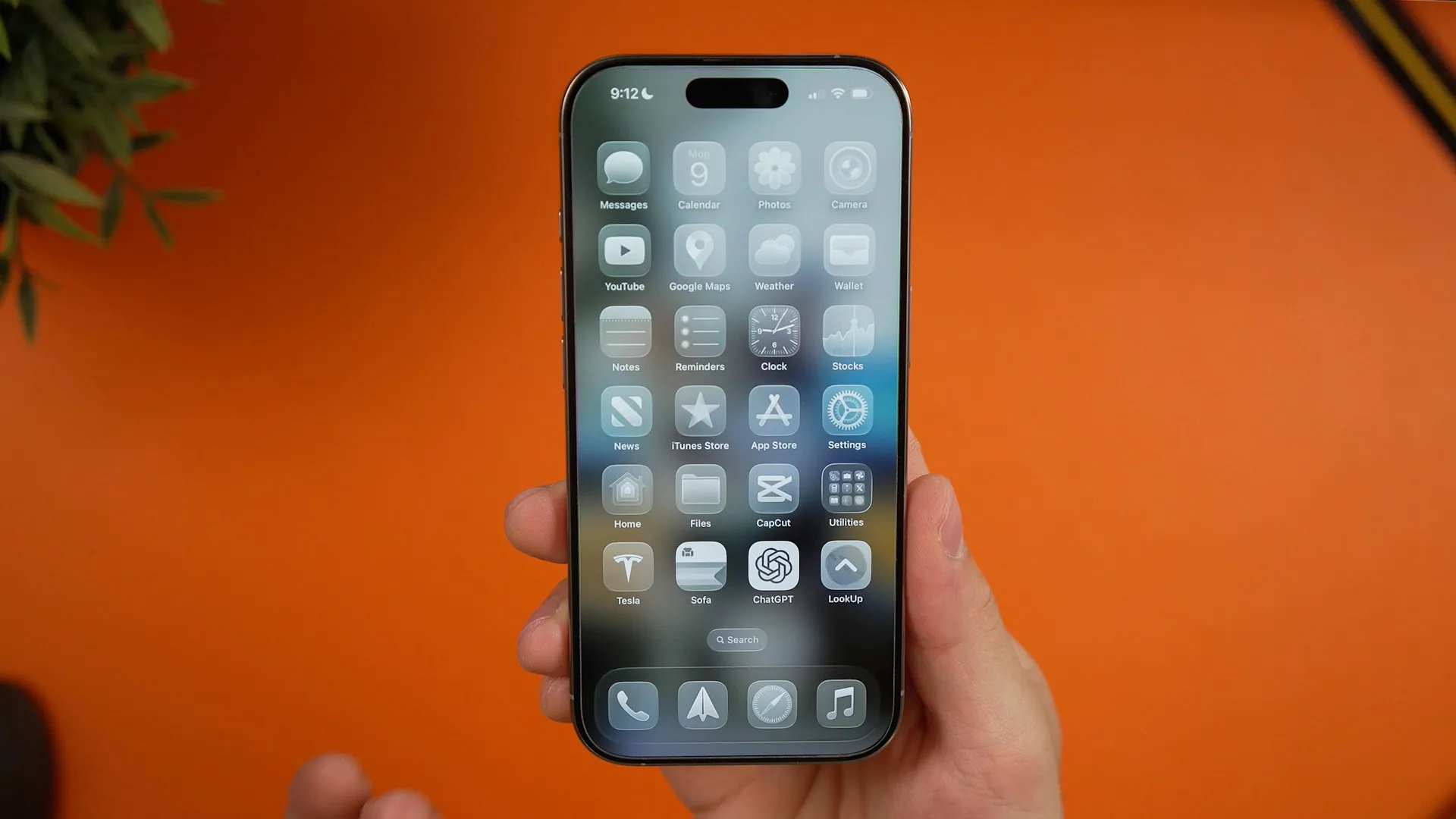
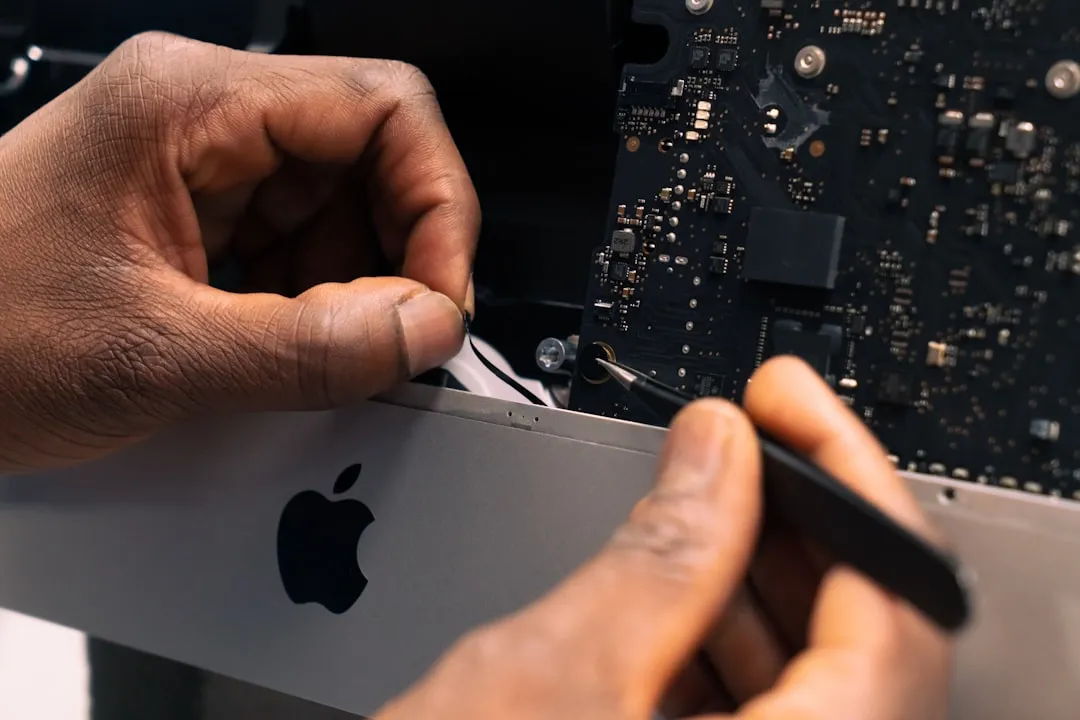
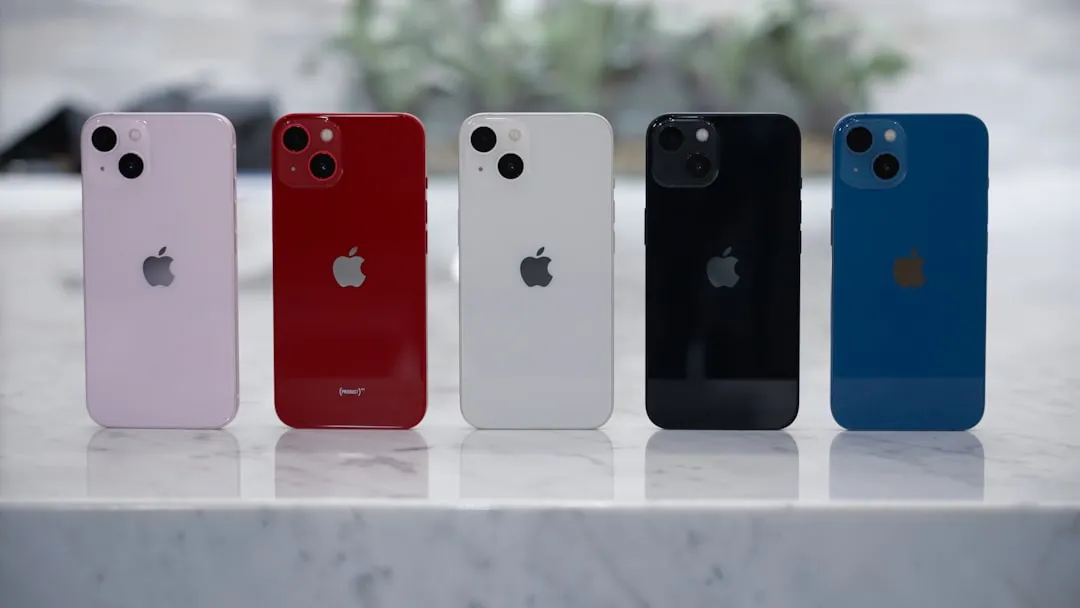
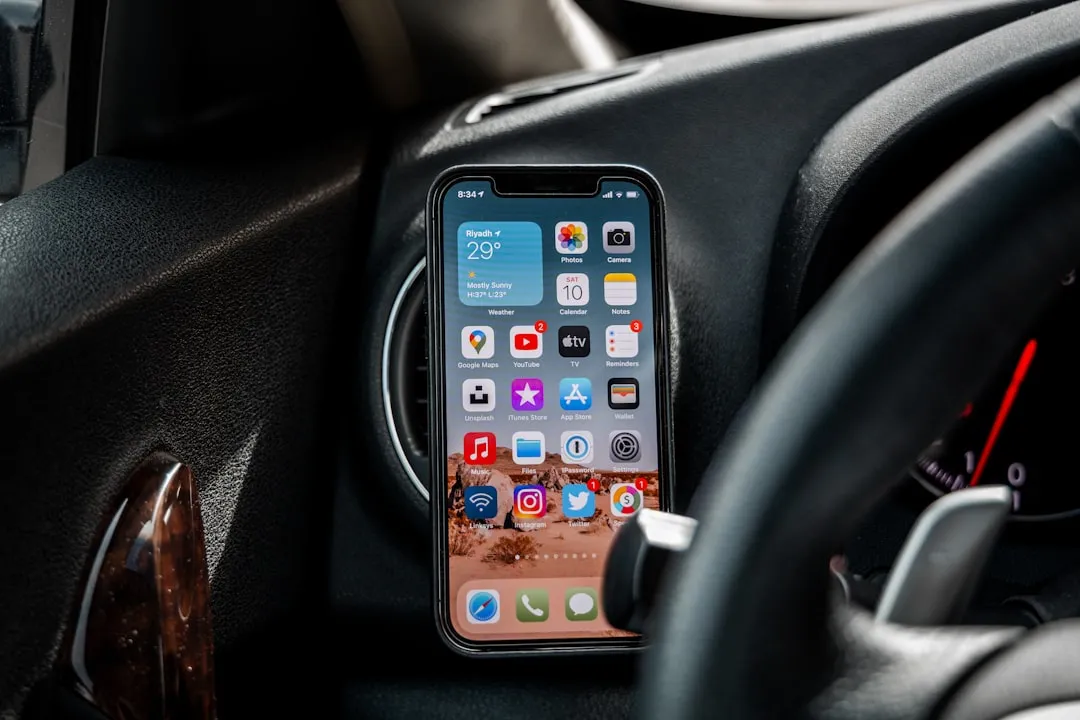


Comments
Be the first, drop a comment!